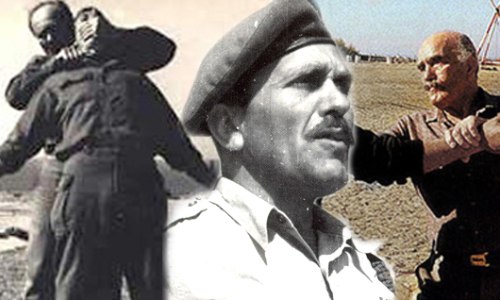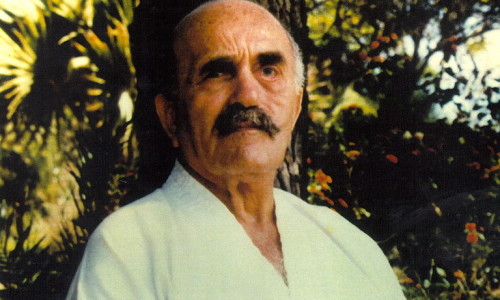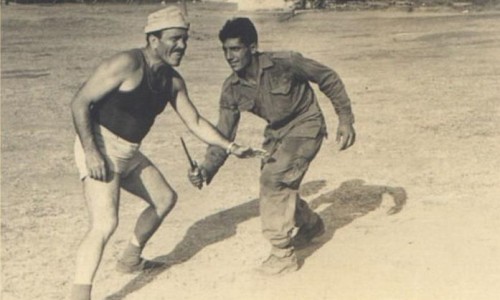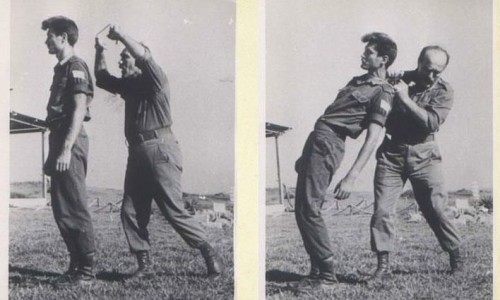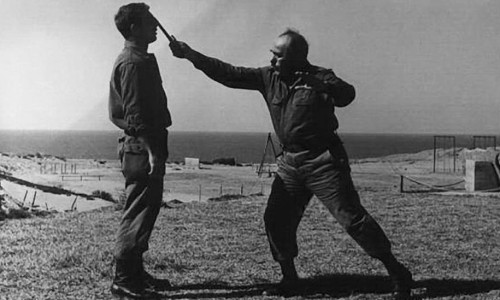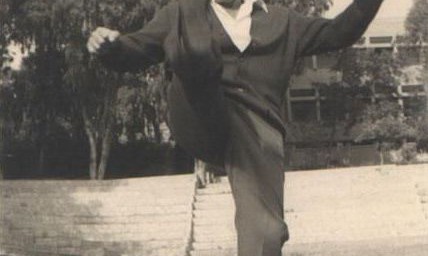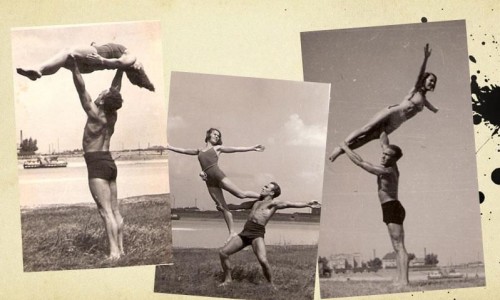History of Krav Maga
In the 1930’s, Imi Lichtenfeld (1910-1998) was a leading athlete in Bratislava, Czechoslovakia. His father Samuel was a Detective with the police department, and specialized in capturing the most dangerous criminals. He was also skilled in martial arts, and owned the local gym, Hercules, where Imi and his friends trained. Imi was an accomplished boxer, wrestler, martial artist, and gymnast.
Imi and his friends were forced into the role of defenders of the Jewish ghetto of Bratislava from fascist gangs that would increasingly try to enter the neighborhood to attack people and destroy property. It was during this time leading up to the Holocaust that he began developing his own techniques, which he found were more effective in the street than the rules-dominated, “sport – oriented” systems in which he was training. Because of his renowned fighting ability, he was targeted by the local police, and forced to flee with a group of other young Jewish men and women on a ship. He is one of the main characters in a book written about the ship’s voyage: Odyssey, by John Bierman (1984, Simon and Schuster). He was the only member of his entire large family to survive the Holocaust.
Imi eventually found his way to pre-state Israel, where he joined the Haganah, the underground Jewish army. The Jewish citizens were prohibited by the British occupiers from possessing weapons, and the underground Jewish leadership found his skill at teaching hand-to-hand combat invaluable. After Israel’s 1948 War of Independence, the Haganah was absorbed into the Israel Defense Forces (IDF) , where Imi remained for a long career as Chief Instructor for Physical Fitness, and Hand-to-Hand Combat (Krav Maga).
Today, because of the ever-present conflict in the region, all citizens (male and female) are required to serve in the military after high school. Krav Maga remains the official system of hand-to-hand combat for the IDF, and it eventually spread to all security / police units in Israel. After retiring in the 1960’s, Imi adapted Krav Maga for civilians, as well as other groups. It is now taught around the world to the general public, military, and law enforcement units. It arrived in the US around the early 1980’s, and to the JCC in San Diego in the early 1990’s.
There is only one rule in Krav Maga: “Don’t Get Hurt!”
